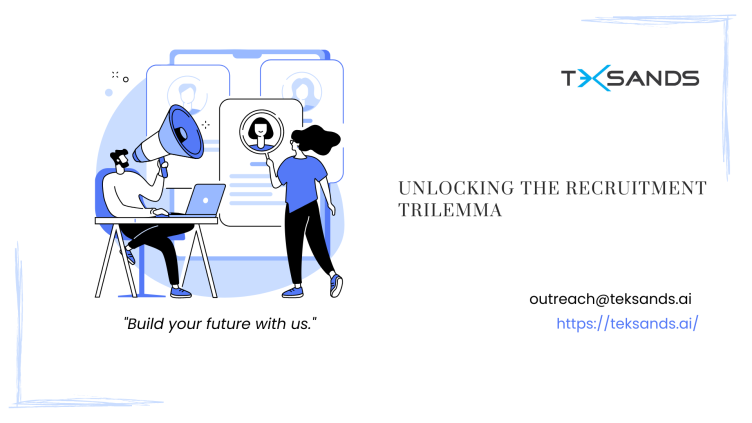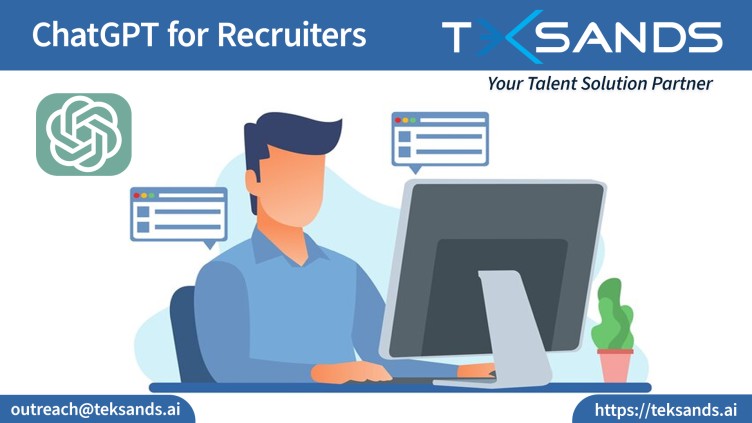
How to Prevent Candidate Offer Drops?

Course Lessons
| S.No | Lesson Title |
|---|---|
| 1 | Introduction |
| 2 | Here are some of the ways you can better your Candidate Dropout ratio: |
| 3 | Conclusion |
Introduction
One very critical performance Metric for Organisations' Recruitment Efficiency - "How many among every 100 applicants for your Tech Positions do actually join you?" - the higher the better you would think.
Come to think of it, a few years back the Metric used to be termed differently - "How many offers do you make per 100 applicants to your Positions?" - lower the number is a better reflection of a choosy and high-quality organisation that lower was the goal.
You see that the Metric has completely flipped upside down due to the demand-supply gap widening in Tech, especially in Digital Skills. Candidates drop out at different stages, some do not pursue their application, some drops occur in the initial stages due to mismatch of employment terms or requirements and their current preferences, some get eliminated during evaluation, and some get dropped off before joining which is also termed as "Offer Drop". The "Offer Drops" are the most undesirable for any company, yet they exist. They exist because candidates who reach that stage are obviously competent and with that knowledge, they keep scouting for better offers while they are on Notice Period with their current organisation.
Reliable statistics are impossible to obtain at an industry or segment level but organisations face anything between 20-30% to 60-70% offer drops. Offer Drops often happen at the last moment before the joining date and in some cases, on joining dates. This makes organisations absolutely helpless.
The million-dollar question is whether you can control this. Absolutely Yes you can, although not fully, but you can. Smart approaches in your recruitment strategy can ensure that your candidate drops are minimal. For instance, you can hire a company that offers Recruitment Services because these companies have a huge database of potential candidates and have rigorous training programmes to judge candidates.
Here are some of the ways you can better your Candidate Dropout ratio:
Target Candidates who are nearer to their Notice Period completion so that you can verify and match their latest offer and the candidate doesn't have enough time to scout for another one. In today's scenario, no company wants to be the first one to offer a candidate. The first company almost always does not get the candidate.
Although compensation is a critical factor, but Candidates look for good companies - a great Candidate Experience through the entire recruitment process is a must. Your systems and processes shouldn't be burdensome for them. At any point in time, you shouldn't ask them to fill in the same details that they have already provided in another of your forms. For example, you should take the help of smart Applicant Tracking Systems that parse information from the CVs rather than ask the candidate to fill out a bulky form.
Also, your processes should be efficient and timely, not only from the point of view of your organisation, but also from the point of view of the candidate. Keep candidates informed if your processes are taking time. This point is very often forgotten and of course, no one would like to be kept in dark.
Your recruitment team should be helpful and available to the candidates to help them throughout the process. The candidate is a stakeholder, he/she is also like a customer to the recruitment team and recruiters ought to deal with them just like they would with a customer.
The Candidate needs to be sold the Job and the Organisation. Companies providing recruitment teams must have good vetted scripts that they must use to sell the Job and the Organisation to the candidates. Talk about growth, learning opportunities, and great policies of the organisation, and tell great stories about how people thrived in your organisation and made great careers. Talk about compelling figures, talk about compelling work that are being done in the organisation, talk about great clients and achievements. Some candidates are even keen to learn beyond the above, hence talking about how your organisation is making a difference socially, how your organisation promotes diversity, and so on.
The above couple of points are possible only through corporate training of the recruitment teams.
Cultural Change: It is commonly observed that folks involved in the possess of recruitment of candidates often carry the perception that in relation to the candidates, they are in a position of power. This includes Recruitment Team members as well as Interviewers. This is a strict no-no. Bear in mind that if you have this mindset, you will end up conveying it in some manner to the candidates and that doesn't go down well. There need to be sensitization that the organisations need to undertake to eliminate this kind of mindset.
Policies and Benefits: Benefits structuring must keep in mind the ease of understanding and ease in taxation, reimbursement, and related aspects for the employees. Benefits should not be burdensome, benefits should not be heavy in elements that the employee has to produce documentation to acquire. Benefits should also allow elements that reflect the culture and people focus of the organisation, such as parental benefits and leaves, childcare support system, special leaves such as grieving leaves or study leaves, study reimbursements, and so on. Recruitment team members should take time for each offered candidate to explain them in detail and clarify any questions. Training of recruitment team members is essential to enable this aspect as well.










